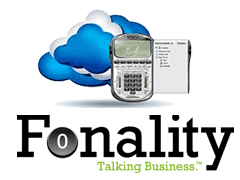Pay phones, yes, pay phones, are being used in numbers not seen in a decade, after Hurricane Sandy damaged the East Coast. As reported in the Wall Street Journal, phones that normally take in two dollars in a day are now taking in $50 a day.
Cell towers, landline trunks, and internet cables have all been knocked around by Hurricane Sandy, which lead to this sudden surge in pay phone usage. Pay phones are often powered by generators owned by the phone companies, rather than be on the grid. Even in blackouts, PSTN phones, including pay phones, usually remain able to make calls.
There are about 12,000 pay phones in New York City, and the number of pay phones continues to shrink as it becomes easier and cheaper to own a cell phone. Many contracts will expire in 2014, and it’s likely that there will be even fewer pay phones after that. It wasn’t all that long ago that The City was weighing the benefits and costs of converting many old payphones into street libraries. At least for the moment, people are glad to have the payphones on the street, and there are even long lines to use the phones. In a show of goodwill, one of the major pay phone carriers, Van Wagner Communications, made some of their lower Manhattan pay phones free for the day.
On a related note, Starbucks and other big name chains that offered free Wi-Fi were often the first place many of us flocked to once the lights were turned back on. Voice over Internet Protocol works well over Wi-Fi, even with crowded networks.. Mobile VoIP is a great way to use your smartphone to connect to your VoIP network, rather than your cell network, to make calls to get in touch with loved ones.
Related Articles:
– How Much Data Does Mobile VoIP Use?
– What is the Minimum Required Speed for VoIP?








